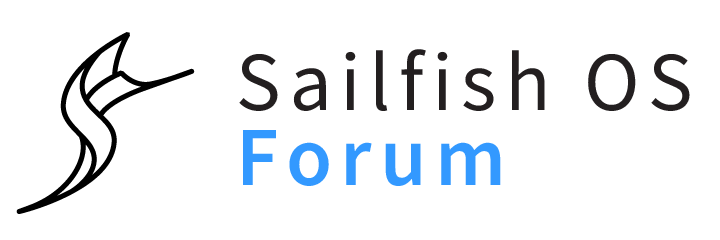Hi all!
As some of you may know, I have been packaging a version of youtube-dl over on Openrepos.
That version was built using the default build process, which results in only a binary, and no installation of python site-packages.
Which is fine for users, but a bunch of packages by other people also depend on youtube-dl and usually package their own version - which depending on circumstances may get outdated requiring the dev to update their package just to update the dependency.
Now with the advent of SailfishOS Chum, I have moved the package there, with the intent that it can be available in a more standard location, and hopefully a place where updates happen quickly.
I have now also split the package into the youtube-dl standalone binary, and youtube-dl-python, with the latter being a regular python package intended for embedding into applications.
To be found here:
- Show sailfishos:chum:testing / youtube-dl - SailfishOS Open Build Service
- Index of /obs/sailfishos:/chum:/testing/4.1.0.24_armv7hl/noarch
So my question to you fellow devs of applications which embed YTDL here are:
- Is having this package available from Chum useful to you, and are you willing/planning to use it?
- Is the current state of the package suitable for you to embed it into your app?
-
Currently this is built using /usr/bin/python, which results in a python2.7 package. I’d actually like to switch to python3 for this – which versions would your apps require?← fixed, py2 and py3 package available for recent SFOS versions. - Anything else?


